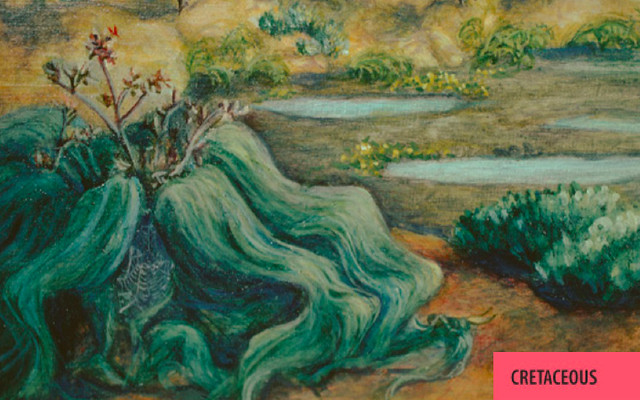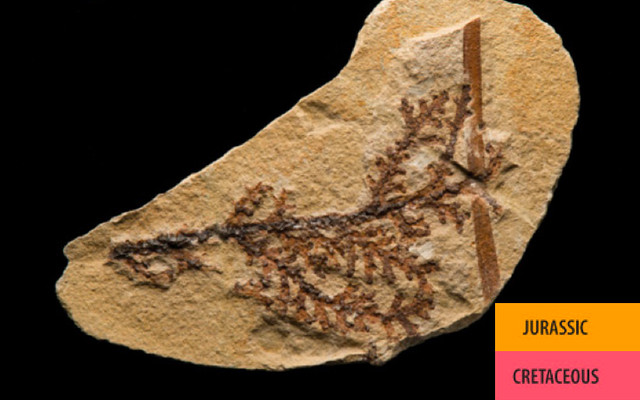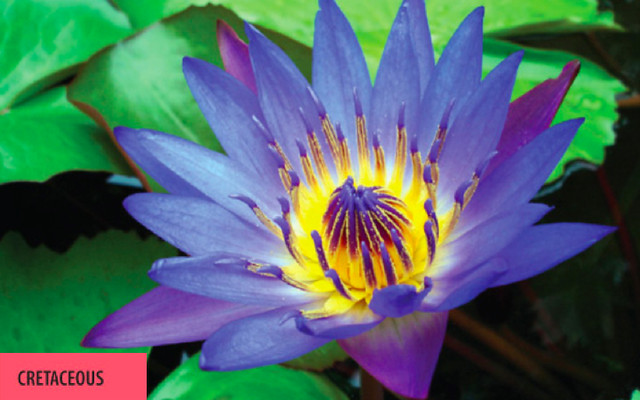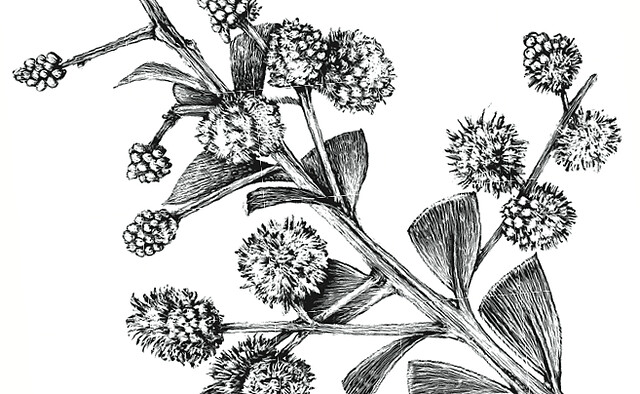Plantae

LANTERN MOSS
Andreaea nivalis


Sorry, there is no photo available. If you have one, please submit
here
.
3 POINTS
Image Description: Scanning electron microscopy (SEM) image of the lantern shaped spongium, which occurs during dry conditions – the optimal conditions for spore dispersal.
cold, cool, warm
Graphic by Jennifer Deol & Diana W
Andreaea is a genus of rock mossesdescribed as a genus in 1801.[1][2][3] They are small, delicate acrocarpous mosses (meaning that the capsules are formed at the tips of vertical branches) that form dark brown or reddish cushions on wet siliceous rocks in mountainous areas. The capsule lacks theperistome teeth and operculum of other mosses, and […] read more

Gnetales
Gnetales order


Sorry, there is no photo available. If you have one, please submit
here
.
EXTANT | 1 POINT
Gnetales are an evolutionary step between cone-bearing conifers and modern flowering plants, displaying BOTH cones and flowers.
warm, hot
Graphic by Ivy Rutskywww.amnh.org/
Gnetum is a genus of gymnosperms, the sole genus in the family Gnetaceae and order Gnetales. They are tropical evergreen trees, shrubs and lianas. Unlike other gymnosperms they possess vessel elementsin the xylem. Some species have been proposed to have been the first plants to be insect pollinated as their fossils occur in association with […] read more

Brachyphyllum
Brachyphyllum


Sorry, there is no photo available. If you have one, please submit
here
.
EXTINCT | 1 POINT
These coniferous trees lived all over the globe during the Jurassic and Cretaceous periods.
warm, hot
Graphic by AMNHwww.amnh.org/
Brachyphyllum is an extinct genus of plants belonging to Araucariaceae. They were found around the globe during the Carboniferous to the Cretaceous period.[1] (From Wikipedia, February 2015) read more

Ginkgo
Ginkgoopsida


Sorry, there is no photo available. If you have one, please submit
here
.
EXTANT | 1 POINTS
The fan-shaped leaves of this ancient ginkgo tree, now extinct, are similar to modern ginkgo leaves.
warm, hot
Graphic by Kevmin (CC-BY-SA-2.0)www.amnh.org/
Ginkgo is a genus of highly unusual non-flowering plants. The scientific name is also used as the English name. The order to which it belongs, Ginkgoales, first appeared in the Permian,[4] 250 million years ago, possibly derived from “seed ferns” of the order Peltaspermales. The rate of evolution within the genus has been slow, and […] read more

Nymphaeales (Water Lily)
Nymphaeales order


Sorry, there is no photo available. If you have one, please submit
here
.
EXTANT | 1 POINT
Water lily fossils have been found from as early as the Cretaceous period.
cool, warm
Graphic by Sixtybolts (CC-BY-SA-2.0)www.amnh.org/
Nymphaeales is an order of flowering plants, consisting of three families of aquatic plants, the Hydatellaceae, the Cabombaceae, and the Nymphaeaceae (water lilies). It is one of the three orders of basal angiosperms, an early-diverging grade of flowering plants. At least 10 morphological characters unite the Nymphaeales.[2]Molecular synapomorphies are also known. The Plant List, created […] read more

Knife-leaf Wattle
Acacia cultriformis


Sorry, there is no photo available. If you have one, please submit
here
.
1 POINT
Fact: The flowers of Acacia cultriformis are safe for humans to eat.
cool, warm, hot
Graphic by O'Reillyanimals.oreilly.com/
Acacia cultriformis, known as the knife-leaf wattle, dogtooth wattle, half-moon wattle or golden-glow wattle, is a perennial tree or shrub of the genus Acacia native to Australia. It is widely cultivated, and has been found to have naturalised in Asia, Africa, North America, New Zealand and South America.[1] A. cultriformis grows to a height of […] read more